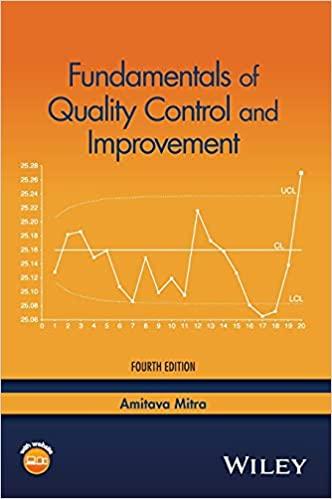
(e) (6 points ) Suppose the game is infinitely repeated , and the discount rate is " = 0.08 . Is cooperation optimal ? Explain . What is the lowest discount rate at which cooperation is not optimal ? 4. Intellectual Property (23 points) Suppose n identical firms are racing to introduce the same innovation. The per-firm (fixed ) cost of R&D is $100. R&D occurs at time t = 0. Assume for simplicity that if the innovation is developed at t = 0, then society benefits in all later periods; but if the innovation is not developed at t = 0, then research does not take place in subsequent periods. If one firm invests in R&D, it will succeed with 40% probability. All successful firms have equal chance of obtaining the patent. Assume for simplicity that the patent never expires. The discount rate is 10%. (a) (3 points ) A patent owner earns a monopolistic return on the R&D cost of her/his innovation. Assume that the demand for the innovation in each period is P = 21 - Q, where P is the price and @ is the number of units sold. The marginal cost of production equals 1. The fixed cost of production is zero . What is the monopoly profit per period from receiving the patent? (b) (2 points ) What is the expected present value of the patent when one firm invests in R& D? (c) (3 points ) What is the expected present value of the patent when two firms invest in R& D? (d) (2 points ) What is the social value of the innovation per period ? Hint : Assume competitive supply (i.e., P = M C). (e) (2 points ) What is the expected discounted social value over lifetime when one firm invests in R&D? What is the expected discounted social value over lifetime when two firms invest in R & D? (f) (7 points ) What is the socially optimal number of firms investing in R& D? How many firms will invest in R& D? Please explain. To support your answers, complete the table below . That is for each n from 1 to 11, find the values of . Probability that at least one firm will succeed , p (n) a Social value (expected discounted ), S Social cost . Net social value . Marginal value Marginal cost Patent value (the expected present value of the patent)








